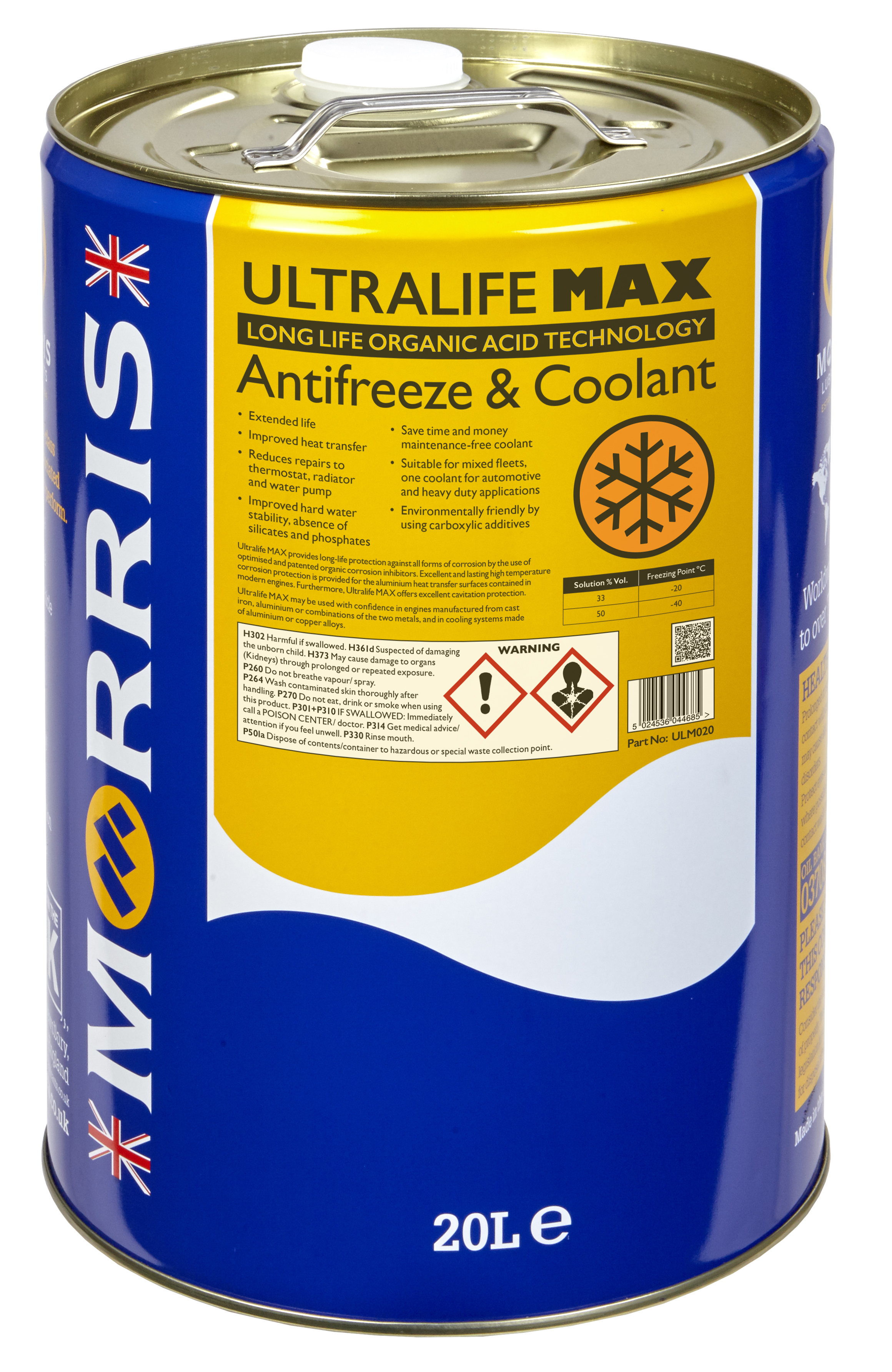

#GEO 5 COOLANT CRACK#
If there is too much pressure in the cooling system, it could result in a crack in an end tank or a cooling tube. Corrosion of the cooling tubes and tanks can occur if it's left untreated for too long. If your coolant is not changed on a regular basis, it can actually clog your auto radiator's cooling tubes. How do I know my radiator needs to be replaced? For an even more in-depth explanation of radiators, including the different materials that they are made of, the number of cores and what they mean, check out our auto radiators guide.

While older auto radiators were typically made of heavy copper and brass, today’s modern cars and trucks typically use lighter ones made of plastic and aluminum. The cooled coolant then goes back to the water pump via the lower radiator hose and the process repeats itself. Air passes through the radiator when the vehicle is moving as well, but the use of cooling fans aids this process when the engine is being worked harder and/or when the car or truck isn't moving.

From there it goes into small chambers that are all throughout the radiator, where it is then cooled down by the air that is passed freely through the radiator’s core by the radiator fan. The warm coolant is then forced out and travels through the upper radiator hose and into the automobile’s radiator via the water outlet.

As the coolant goes around the engine’s cylinders, it picks up the heat from the friction and burning of fuel, thus transferring it from the engine to the coolant. So, how does the radiator in your automobile do this? Basically, coolant from the water pump enters into the engine. Located behind the grille, the radiator’s only function is to take hot coolant from the engine and cool it down before sending it back to the engine. Your vehicle’s radiator plays an integral role in doing just that. Since the engine operates at its best when it is at the ideal temperature, it needs to be cooled down so that it does not overheat. The engine in your car or truck works extremely hard and as it burns the air / fuel mixture, it generates a tremendous amount of heat. Your radiator is one of the most important parts of your vehicle's cooling system. What is an automotive radiator and where is it located?


 0 kommentar(er)
0 kommentar(er)
